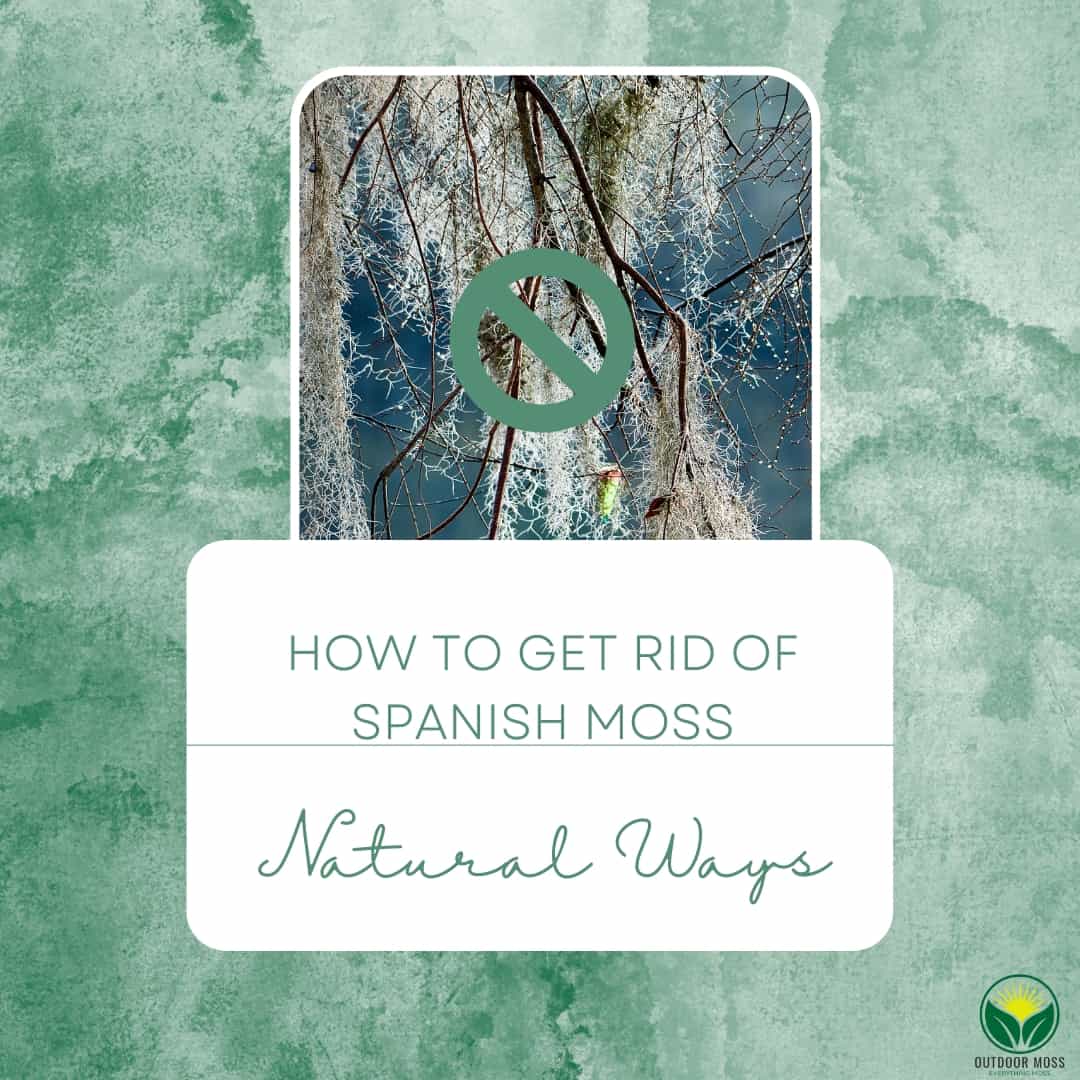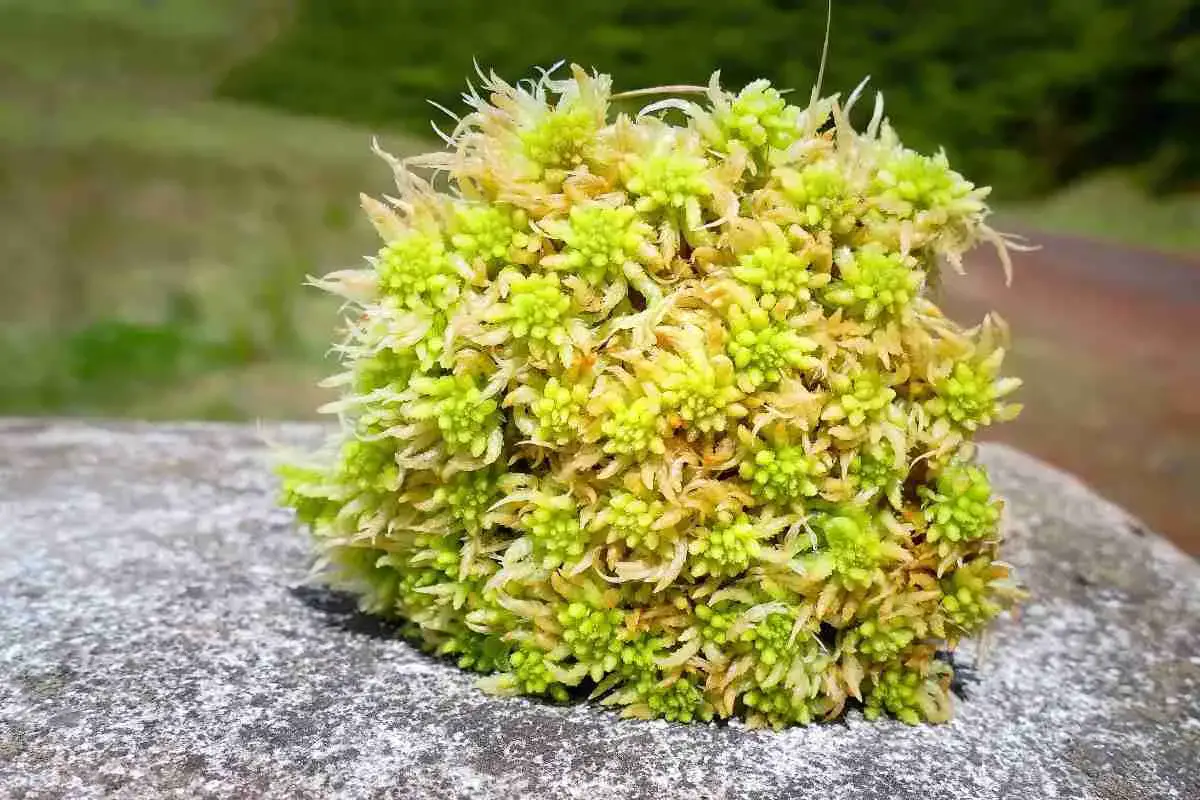
Does Sphagnum Moss Turn Green? Live Or Dried
Read more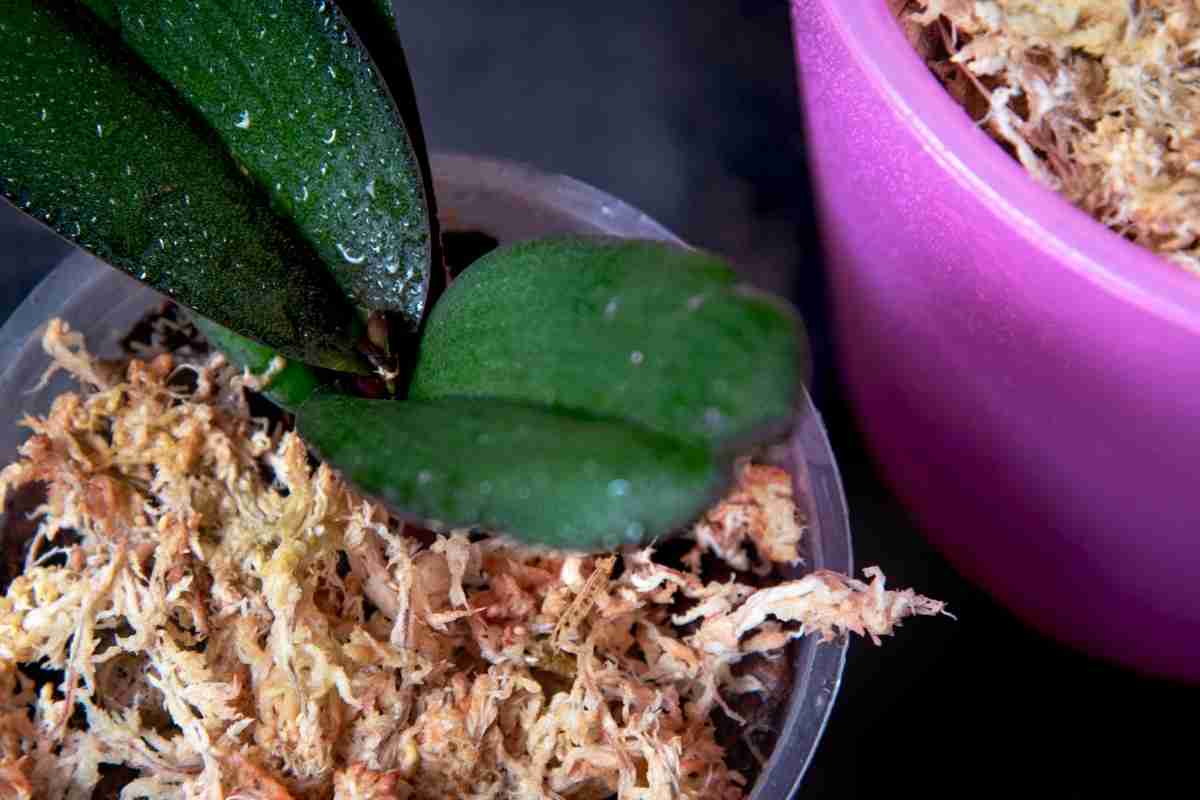
Can Dried Sphagnum Moss Come Back To Life?
Read more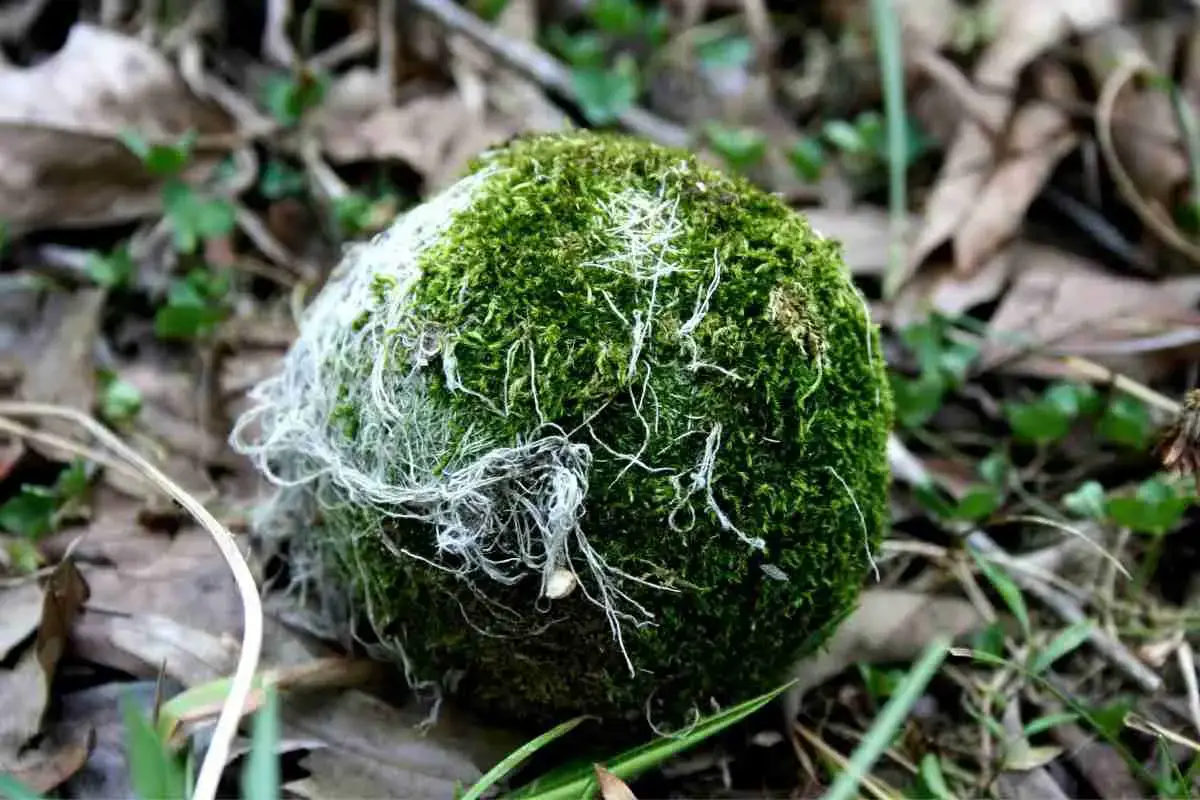
Are Moss Balls Alive? Everything You Need To Know!
Read more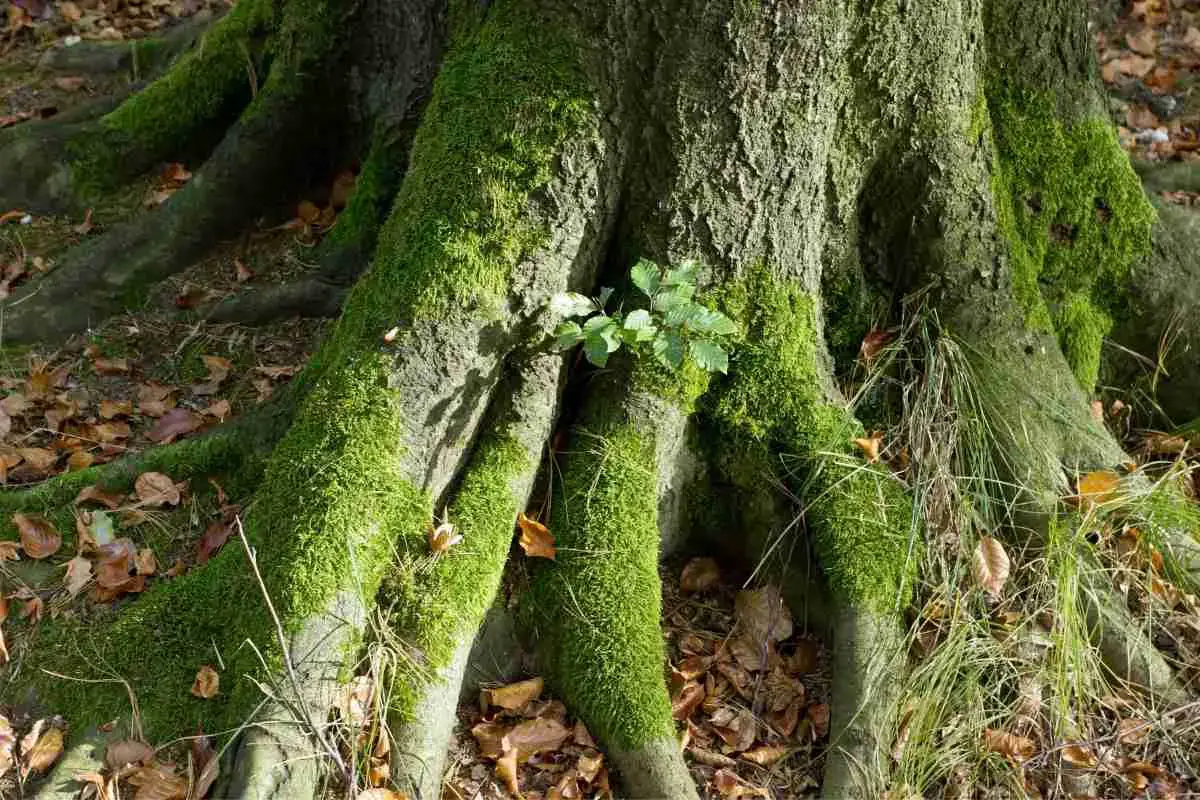
How Does Moss Grow On Trees? And Why?
Read more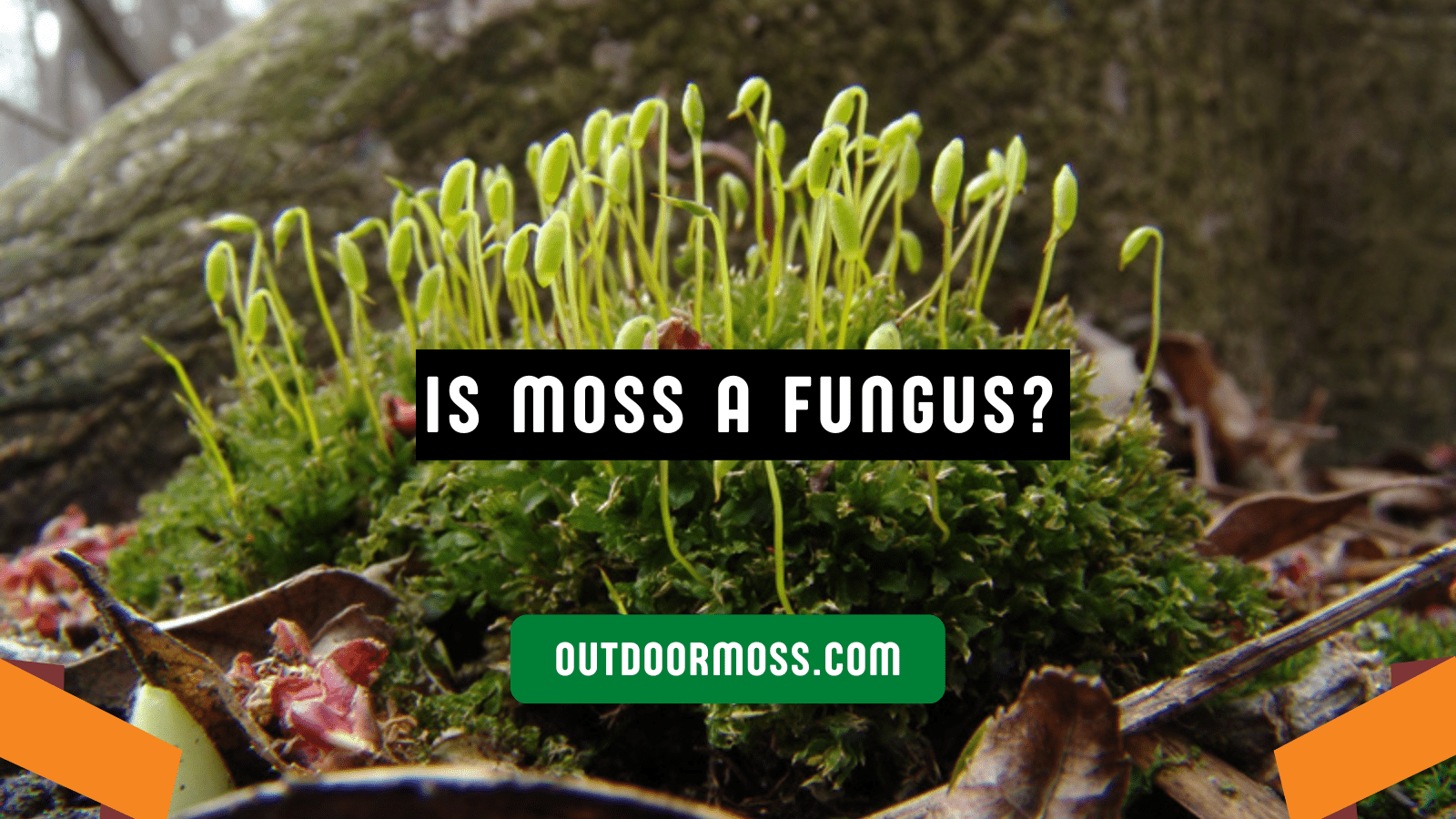
Moss vs. Fungus: Exploring the Differences and Why It Matters!
Read more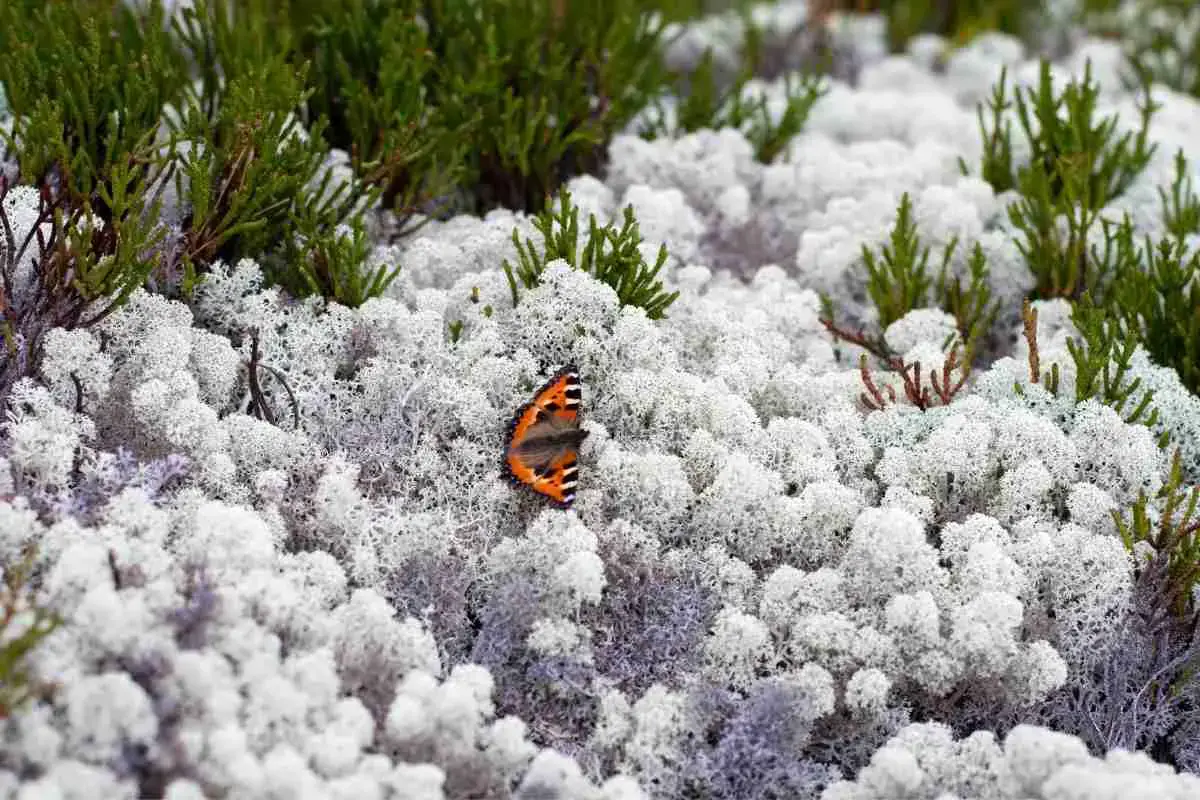
22 Different Types of Lichens (Detailed Guide)
Read more
7 Easy Tips To Make Moss Grow Faster!
Read more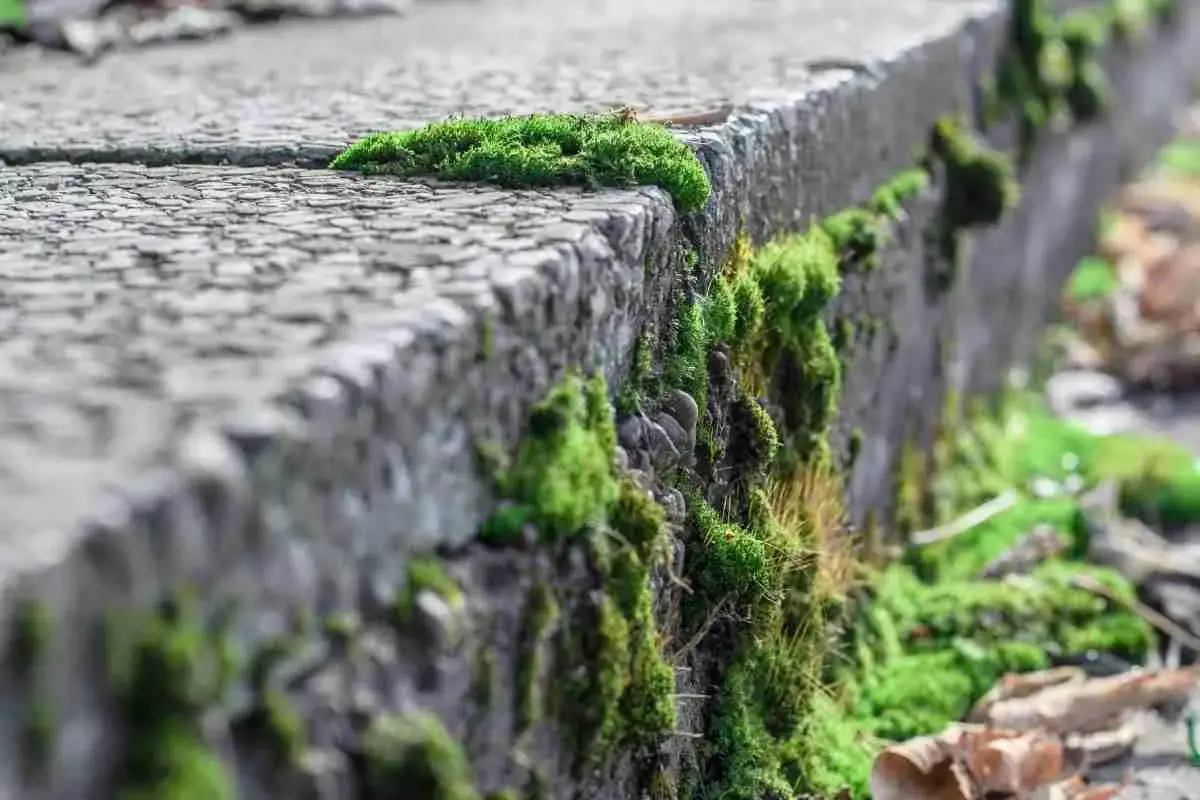
7 Ways To Permanently Remove Moss From Concrete
Read more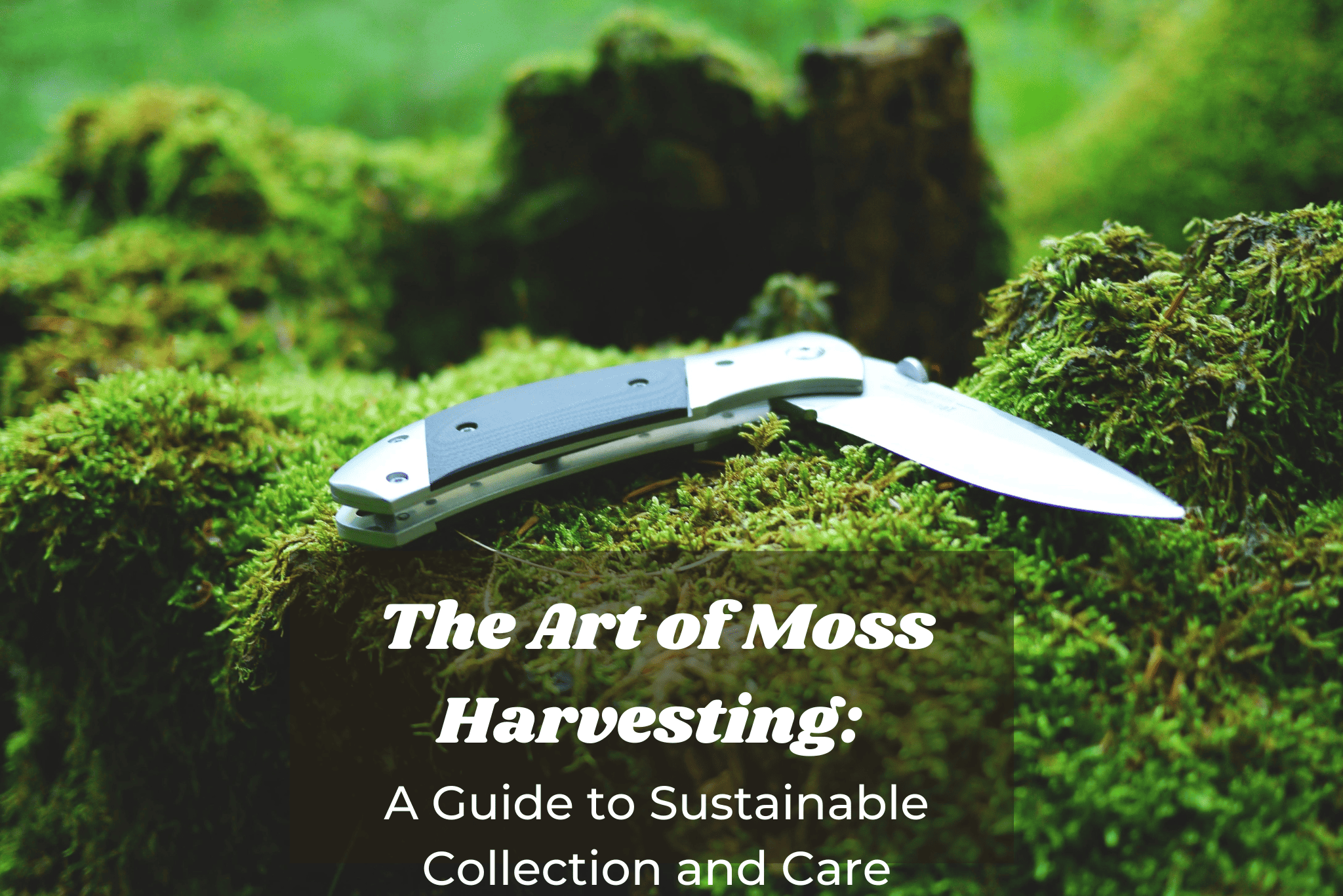
The Art of Moss Harvesting: A Guide to Sustainable Collection and Care
Read more
Best Homemade method to Kill moss on tarmac driveway
Read more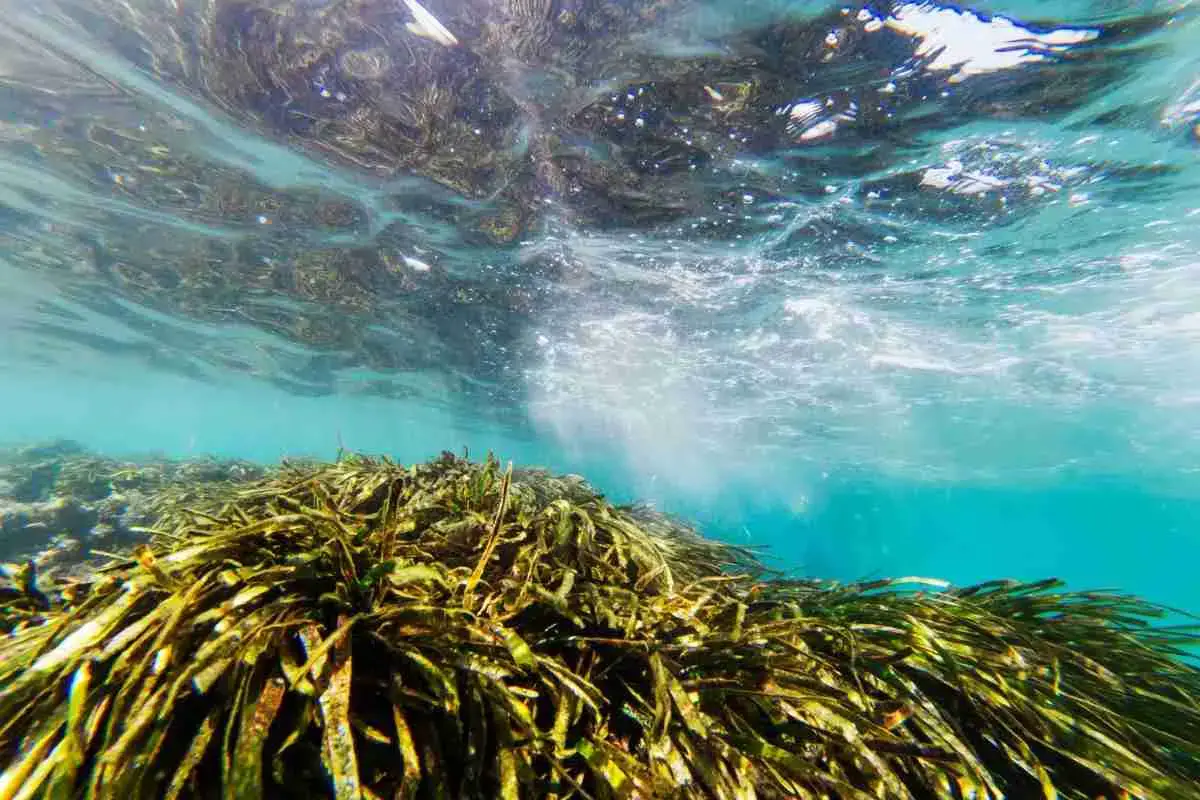
Can Moss Grow Underwater? List & Benefits
Read more